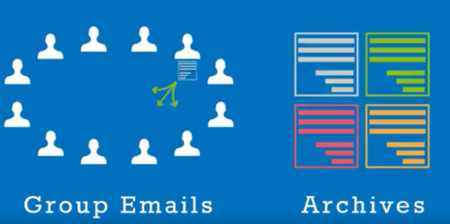
Archives are an easy way to keep a record of all emails that have been sent to your list. This can be very useful for groups that use Simplelists for private group discussion as new members can quickly become familiar with topics that have previously been covered. Everything that has been discussed can be seen and reviewed, like minutes of a meeting, and revisiting old topics can be streamlined by referencing the previous messages. In this short post, we tell you how to set up and personalise your email archive in Simplelists.
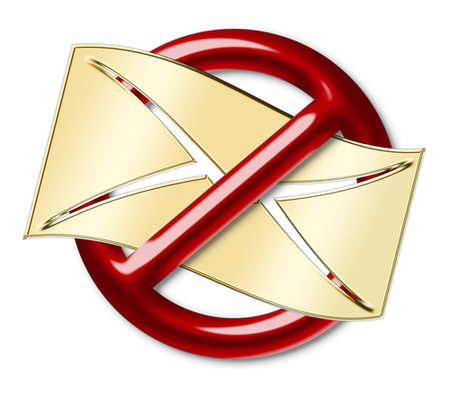
It is becoming more widely accepted that 'no-reply’ email addresses can be harmful to an email campaign. The 'no-reply’ email address effectively stops, or tries to put people off from, replying to your emails. While this may help to ensure that your inbox doesn’t become cluttered, it gives a negative message to readers - in effect, you don’t want to hear back from them. This probably isn’t good for business. If you still use 'no-reply’ email addresses in your business/email marketing communications, this post contains some reasons why you might want to stop.

When you send an email to your list, it is likely that your message will contain a link to a webpage for your members to read more or visit a particular website. It’s important to make sure that the page they click through to (the landing page) looks right and does what you need it to. One important thing, particularly if you are using Simplelists for email marketing campaigns, is to ensure that your readers see your own branding/logo when they click through. In this short post, we tell you how to customise the landing pages that are automatically generated by Simplelists, which your readers will see when subscribing or unsubscribing, or visiting email archives.
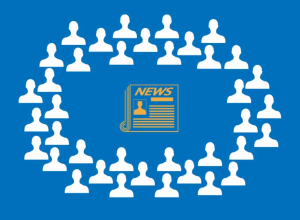
A daily digest summary is an email containing a compilation of new emails sent by members of a list. This can be a handy function to avoid clogging up members’ inboxes, reducing the number of emails they have to scan each day. To receive an email digest, members will need to opt to receive it. In this short post, we explain how to set up daily digest summaries with Simplelists.
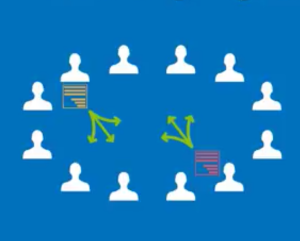
Sometimes, you need more than one email list. You may need separate lists for different businesses, groups or organisations, or different lists for groups within your organisation. For example, one list for employees and another for managers, or individual lists for different topics, such as one list for marketing and another for discussion. In this short post, we tell you how to set up multiple lists using Simplelists (or watch a short video if you prefer).
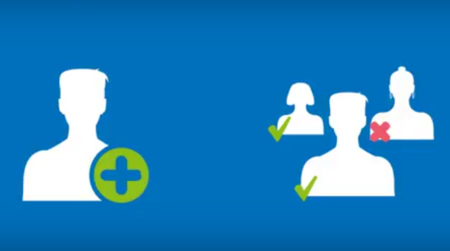
It is possible to allow other people to manage your Simplelists account as a separate account or list administrator. This useful feature enables you to delegate management of your email lists, share the workload and save time. You can set permissions for each new administrator and you don’t have to give everyone full control over your account. For example, an administrator can be allowed to approve messages and manage list members, but prevented from changing account settings. The ability to add delegated administrators means you’ll never need to share login details, which helps keep your account secure. New administrators can be added at any time, enabling easy expansion of your email management system as your organisation or business grows. If you’re making use of the Simplelists API, you can also add API users to your account.

Before delving into writing HTML code for your bespoke design email, it’s a good idea to spend a few minutes doing some planning first. Don’t think of this stage as wasted time - it is more likely to be the opposite - saving you time in the long run as you will know exactly what you are aiming for before starting. A well-planned email is also likely to be a success, especially if you are using the email for marketing purposes.
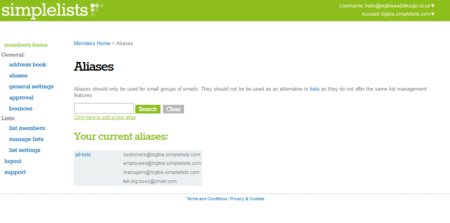
Email addresses can be difficult to remember, resulting in mistakes when people send you an email. An alias can be used to make a straightforward replacement for a long or hard-to-remember address. An alias can also be used to forward messages sent to the alias on to another specified email address or group of addresses.
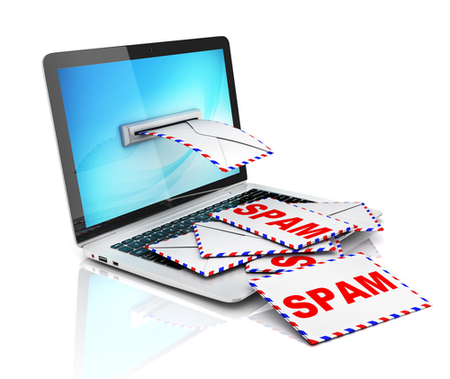
A recent study carried out by ReturnPath estimated that only 79% of emails sent by legitimate email marketers (i.e. emails sent to people who signed up to your list) reach the inbox. Spam filters are becoming more and more sensitive, to ensure that non-legitimate, spam emails don’t get delivered. It is important to follow a simple set of rules to ensure that your list members receive the emails they have signed up for.

In this post, we share some basic tips for those of you who are just starting out in email marketing. You might be about to launch a regular email newsletter to raise awareness of your work and/or invite your readers to sign up to a product or list (responding to a 'call to action’ or COA).

There is lots of information out there about when is the best time of the day/week to send email newsletters, ensuring that as many people as possible open (and read) your message. We’ve already written about how to come up with a good subject line to increase your open rates and in this post we’ll look at the variety of data that analyses the best time to send your email.

We have just completed the final video in our HTML emails series which takes you through everything from designing your email, to writing the code for responsive emails and finally to testing and sending the email. Here are all six parts of the series: